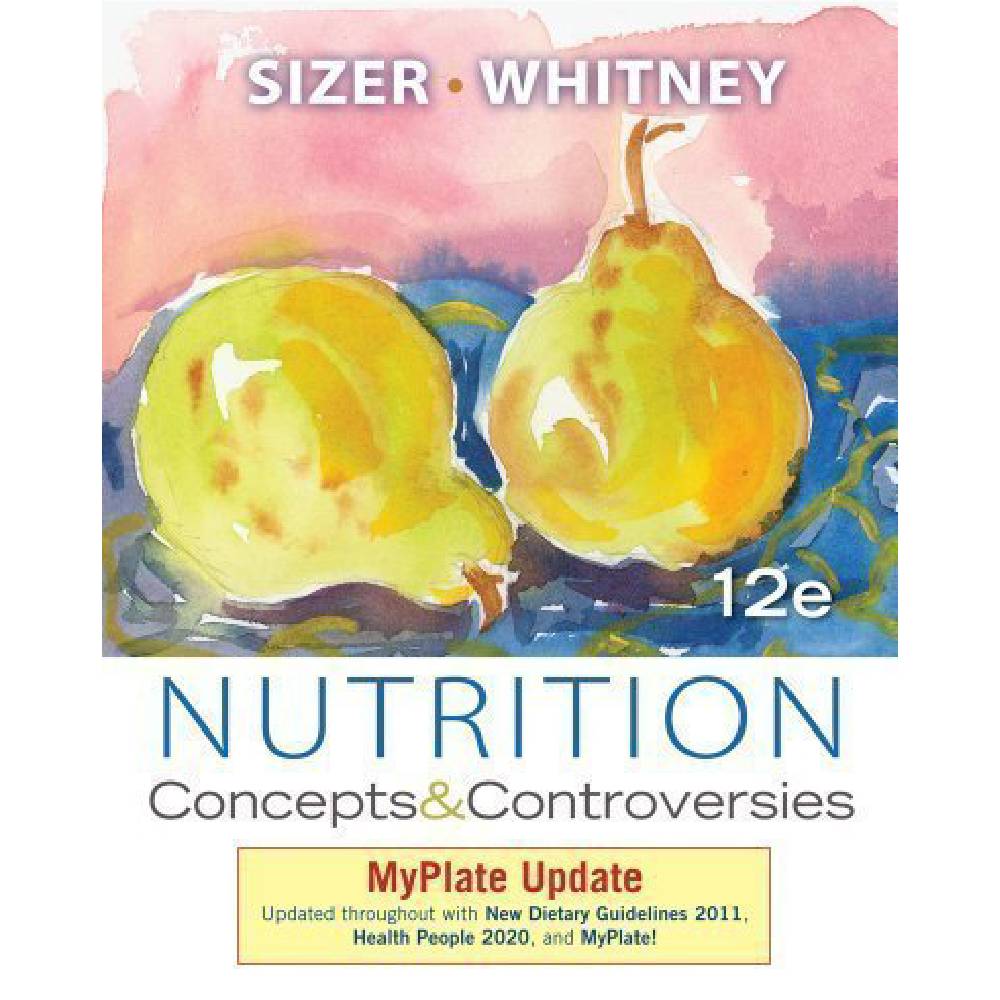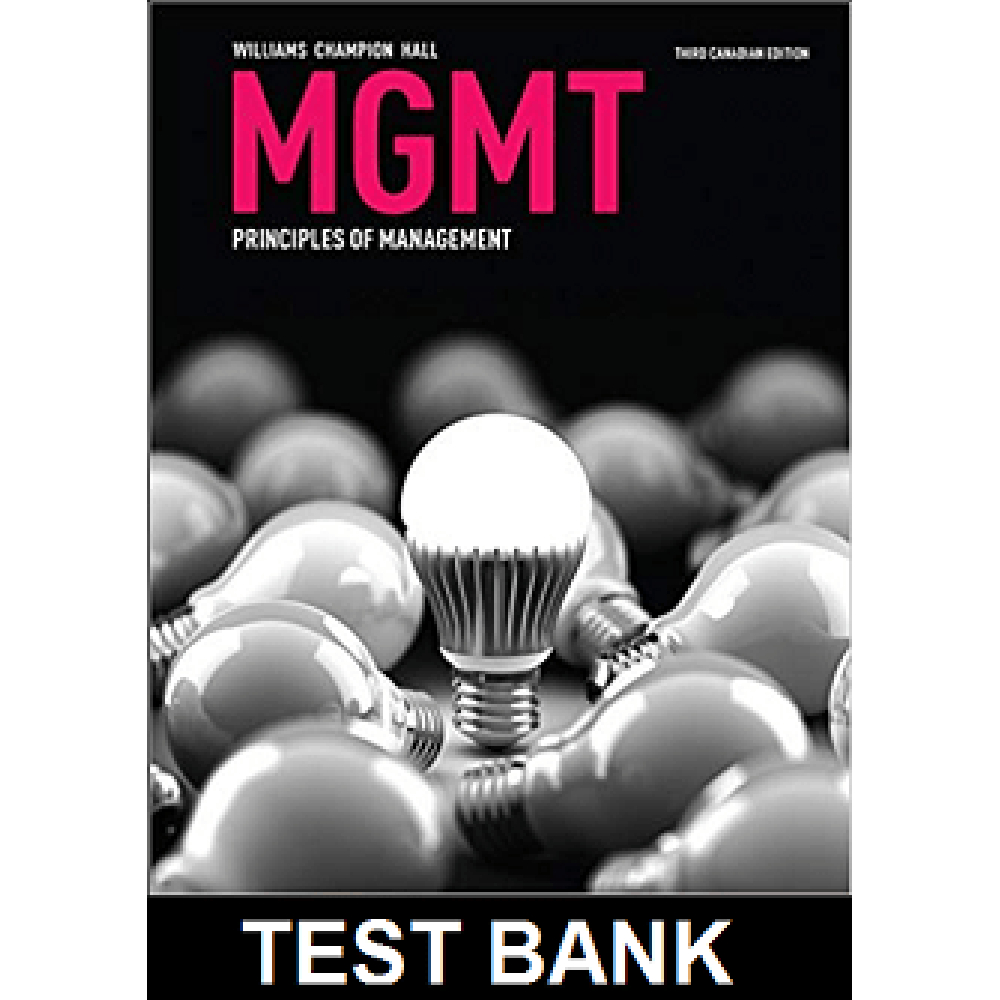Nutrition Ecology And Behavior 8th Edition By Pete Anderson – Test Bank
$55.00
Nutrition Ecology And Behavior 8th Edition By Pete Anderson – Test Bank
You will receive this product within 24 hours after placing the order
Nutrition Ecology and Behavior 8th Edition By Pete Anderson – Test Bank
1. Choose the following that is true about teeth.
A. They have their own blood and nerve supply within the tooth.
B. They are strengthened by fluoride, covered in enamel, and made of hydroxyapatite.
C. They are weakened when vitamin E, vitamin C, and fluoride intake is low.
D. They are not considered bone.
Blooms Level: 1. Remember
Learning Outcome: 11.01 Describe the process of bone synthesis and degradation and classify bone as either cortical or trabecular.
Section: 11.01 Bone Physiology
Topic: Bone and joint health
2. Cortical bone
A. has a dense structure.
B. has a spongy structure.
C. is the site of red blood cell synthesis.
D. is more rapidly remodeled than trabecular bone.
Blooms Level: 1. Remember
Learning Outcome: 11.01 Describe the process of bone synthesis and degradation and classify bone as either cortical or trabecular.
Section: 11.01 Bone Physiology
Topic: Bone and joint health
3. Trabecular bone
A. has a porous structure.
B. is the site of blood cell synthesis.
C. is more rapidly remodeled than cortical bone.
D. All of these choices are correct.
Blooms Level: 1. Remember
Learning Outcome: 11.01 Describe the process of bone synthesis and degradation and classify bone as either cortical or trabecular.
Section: 11.01 Bone Physiology
Topic: Bone and joint health
4. The mixture of calcium and phosphorus that forms the structure of bone is called
A. dentin.
B. calcium citrate.
C. calcium carbonate.
D. hydroxyapatite.
Blooms Level: 1. Remember
Learning Outcome: 11.01 Describe the process of bone synthesis and degradation and classify bone as either cortical or trabecular.
Section: 11.01 Bone Physiology
Topic: Bone and joint health
5. Bone remodeling refers to
A. continual degradation and regeneration of bone.
B. loss of height that occurs with aging.
C. bone marrow regeneration.
D. use of metal pins to repair broken bones.
Blooms Level: 2. Understand
Learning Outcome: 11.01 Describe the process of bone synthesis and degradation and classify bone as either cortical or trabecular.
Section: 11.01 Bone Physiology
Topic: Bone and joint health
6. Excess body weight
A. accelerates bone loss.
B. increases bone density.
C. is associated with greater risk of fractures.
D. enhances calcium absorption.
Blooms Level: 2. Understand
Learning Outcome: 11.01 Describe the process of bone synthesis and degradation and classify bone as either cortical or trabecular.
Section: 11.01 Bone Physiology
Topic: Bone and joint health
7. A good indicator of bone health is
A. bone mineral density.
B. frame size.
C. curvature of the spine.
D. blood calcium concentration.
Blooms Level: 1. Remember
Learning Outcome: 11.01 Describe the process of bone synthesis and degradation and classify bone as either cortical or trabecular.
Section: 11.01 Bone Physiology
Topic: Bone and joint health
8. Accumulation of bone mass occurs primarily during childhood and adolescence. Later in life, the rate of bone degradation exceeds the rate of bone synthesis. For average, healthy men and women, gradual bone loss begins around age
A. 20.
B. 30.
C. 40.
D. 50.
Blooms Level: 1. Remember
Learning Outcome: 11.02 List hormonal, lifestyle, and nutritional factors that influence bone health.
Section: 11.02 Factors That Influence Bone Health
Topic: Bone and joint health
9. High intakes of the following are associated with increased bone mass.
A. Calcium, vitamin D, and protein
B. Vitamin E, folate, and protein
C. Protein, iron, and vitamin B-6
D. Sodium, phosphorus, and vitamin C
Blooms Level: 2. Understand
Learning Outcome: 11.02 List hormonal, lifestyle, and nutritional factors that influence bone health.
Section: 11.02 Factors That Influence Bone Health
Topic: Bone and joint health
10. Postmenopausal women are more prone to fractures than premenopausal women primarily because
A. low estrogen levels accelerate bone loss.
B. low progesterone levels accelerate bone loss.
C. older women are unable to maintain physical activity.
D. accumulation of iron in the blood depletes bone minerals.












Reviews
There are no reviews yet.